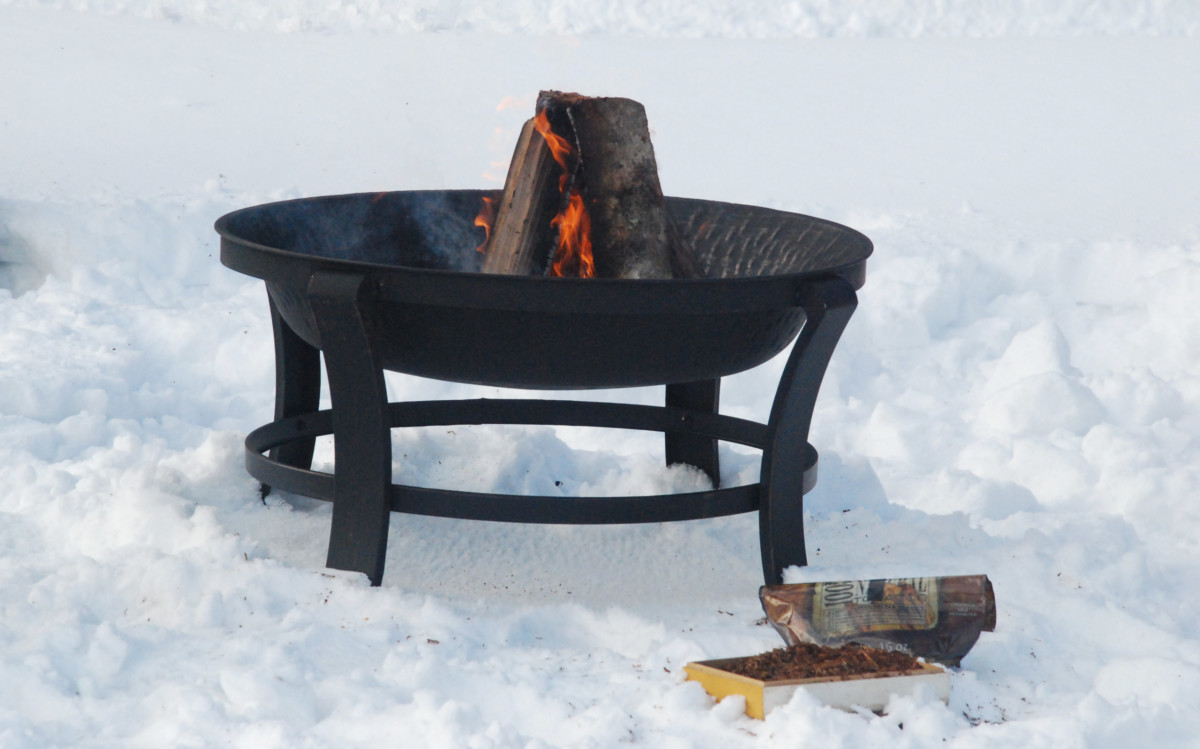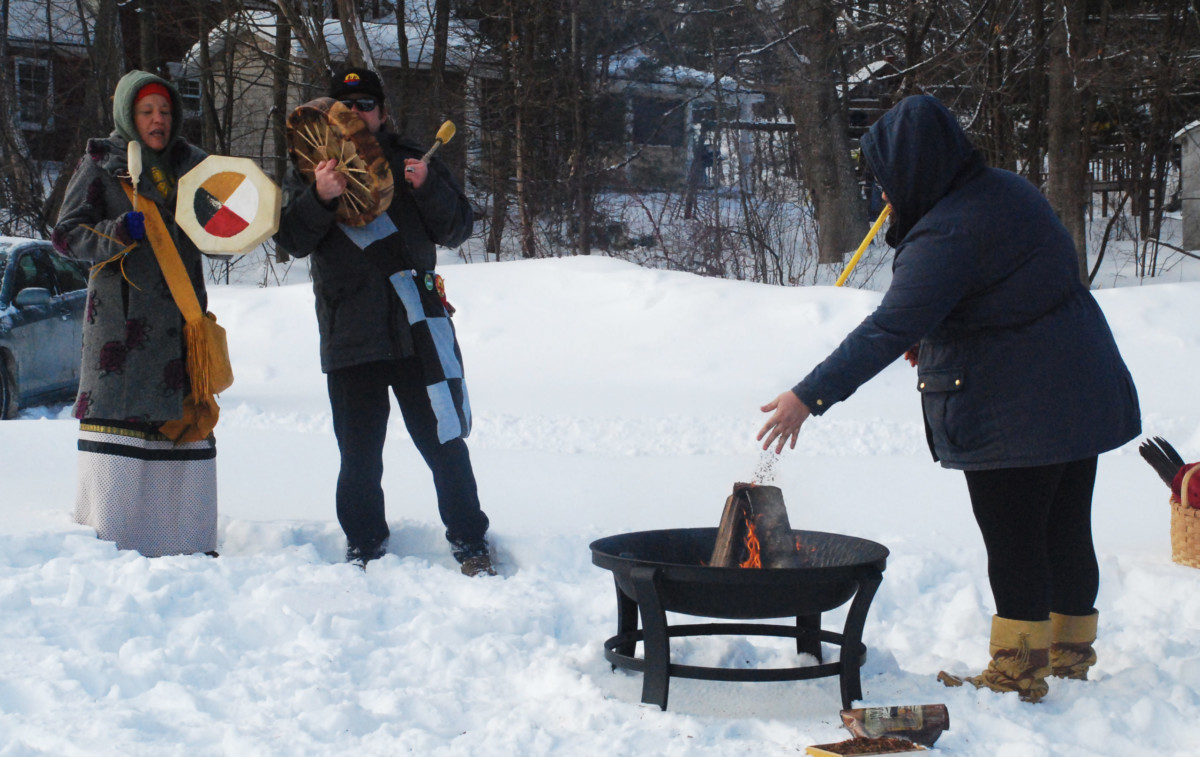At this year’s Midwinter Gathering, stories about traditions, the land and Indigenous Peoples were shared with Indigenous Youth.
The third annual Midwinter Gathering, organized by the St. Thomas University Senate Committee on Reconciliation, took place from Feb. 21 to 23 at the Forest Hill Conference Centre.
The two-day gathering featured a longhouse (Indigenous Peoples’ traditional form of government), talking circles, a feast ceremony and social events like drumming, beading and dancing.
St. Thomas University’s elder-in-residence, Miigam’agan, said the midwinter is about retelling stories and passing down traditional knowledge.
“The stories are being told to continue that cycle of transmitting knowledge to the younger generations or educating the general public about our culture,” she said.
Miigam’agan said she wanted to thank the Wolastoq Grand Council, the Wapna’kikewi’skwaq (Women of First Light), which is a non-profit group led by Indigenous women from the Wabanaki territory, Maliseet Conservation Council and the Oromocto Wolastoq community for their help with providing a traditional ceremonial feast, sponsoring additional elders and youth to attend the gathering and for delivering firewood for sacred fire.
Louise-Xavier Aubin Berube, 23, was one of the youth that attended the conference. He’s from Wahsipekuk First Nation and is a student at the STU Maliseet Language Program at St. Mary’s First Nation.
He said the gathering was inspiring.
“There were a lot of grandmothers and a lot of people. Also, we learned about the teachings,” he said.
On Saturday, the gathering started with breakfast, an introduction to the longhouse and the lighting of the sacred fire.
“We light the sacred fire to acknowledge that relationship with our ceremonial beliefs,” said Miigam’agan.
The longhouse and talking circles
Grandmothers, who represent the heart of the nation, and elders shared stories about the land. Miigam’agan said the grandmothers talk about the main issues in the community that need to be addressed.
“It’s about reconnecting and re-reminding ourselves about who we are in the larger family,” said Miigam’agan.
She said the longhouse is about more than just listening.
“It’s about setting intent and trusting the process of the people that are there, that exchange and that communication,” she said.
She added the longhouse is tied to Indigenous Peoples’ relationships, lives, the Earth and living species.
“We are so reliant on them, that we have a relationship … [We] reteach our youth and each other about sustainable ways, only take what you need and live responsibly,” she said.
In the afternoon, the attendants broke into four talking circles where they discussed their spirituality, political systems, economy and well-being.
In the talking circles, everyone has a chance to speak.
“This is the only way a true democracy comes from, when every voice matters,” said Miigam’agan.
Youth and storytelling
STU student Berube said his favourite part of the gathering was having the opportunity to speak to the elders. He thinks it’s important to pass the traditions to the youth.
“It can help us in our modern life too, to add those teachings and those traditional ceremonies,” he said.
Miigam’agan said it’s important to imprint Indigenous youth with a sense of community during their first seven years of their life and nurture them to be more highly evolved and conscious and be connected to Indigenous Peoples’ way of life.
“It’s really about that relationship, as opposed to closing the window and setting the rules of ‘Don’t do this, don’t do that,’ because an Indigenous way is about non-interference, giving that safe space to those children to explore, and that they are teachers within,” she said.
On Sunday, they had a feast ceremony, where they ate moose, salmon, fiddleheads, corn, berries and fruits.
The ceremony is the highlight of the gathering, said Miigam’agan.
“It’s to bring everyone together … [It] is to acknowledge our clans, which are the salmon, moose and the berries. [It’s] the animal world, the plant life and our relationship to the land and teaching,” said Miigam’agan.
Miigam’agan said Indigenous Peoples are still fighting to integrate their traditional practices like spirituality, ways of teaching their communities, ways of governance such as the longhouse, and maintaining a healthy lifestyle.
“We are homeless in our own home,” she said.
Miigam’agan said the youth were thankful to have a space where their culture was practiced.
“Their foundation is their language and culture. They want more of a permanent longhouse where it can become their way of life.”

